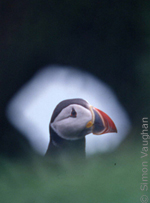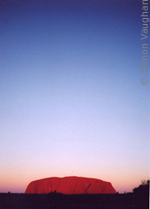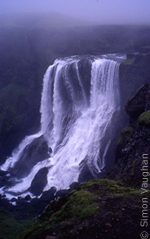
Have you ever had the feeling that someone is watching you? You look around and lock eyes with the person, then quickly break eye contact so as to avoid embarrassment on either side. Well this tends to happen quite often in Costa Rica, except that the pair of beady eyes staring back at you belong to a monkey. Or a raccoon. Or a sloth. Well actually the list of animals is endless, and yes – they all stare!
Costa Rica is a nature lovers paradise. The lush, tropical country located in Central America contains an impressive 5% of the world’s biodiversity. Around 25% of the country’s land area is in protected national parks and protected areas, the largest percentage of protected areas in the world. All of this translates to an amazingly unbridled experience of nature at its finest. It is clear that these animals are not visitors to our environment, we are visitors to theirs.
On a recent trip to Costa Rica, I made my way to Manuel Antonio National Park. Located just south of Quepos and about 80 miles from San Jose, Manuel Antonio offers adventure immersed in nature. Whether you are on a budget or looking for luxury, Manuel Antonio has it all – nature, adventure, excitement and relaxation. Miles of white sand beaches merge into fertile green forests, teeming with hundreds of native flora and fauna species for your viewing pleasure. There are endless options to satisfy your adventure cravings on both land and sea. Options range from zip-lining, canopy tours, river rafting and horseback riding to diving, snorkeling, surfing and sailing to name but a few.

We made our way through Manuel Antonio park, following the natural dirt paths en route to one of the beaches and stopping every so often to watch as monkeys jumped from tree to tree overhead. Tucan’s were perched stoically on branches while sloths moved about in ultra slow motion. Once we reached the beach we settled down under a shady tree looking out at the sparkling Pacific. Only a couple of minutes had passed when a girl called out to us in Spanish while pointing behind us, “Cuidado! Cuidado!” We spun around just in time to spot the bespectacled thief attempting to steal our bag.

Sneaky racoon
Caught in the act, the raccoon sheepishly walked away empty handed. I presume he was plotting his next attack on some unwitting tourists further down the beach. We kept a watchful eye on our belongings as we swam in the ocean, when a small crowd of people began to gather around our things. As we approached the tree, we joined the crowd in looking up to spot about a dozen white-faced Capuchin monkeys casually chilling on the branches. There is little more thrilling than being so close to witness the behaviour of animals in their natural environment. Even better was the fact that they paid no attention to us at all! They went about their business and then were gone just as quickly as they came, jumping to the next tree on their way back into the forest.

Photos and Post by: Merav Benedetti © 2009



















